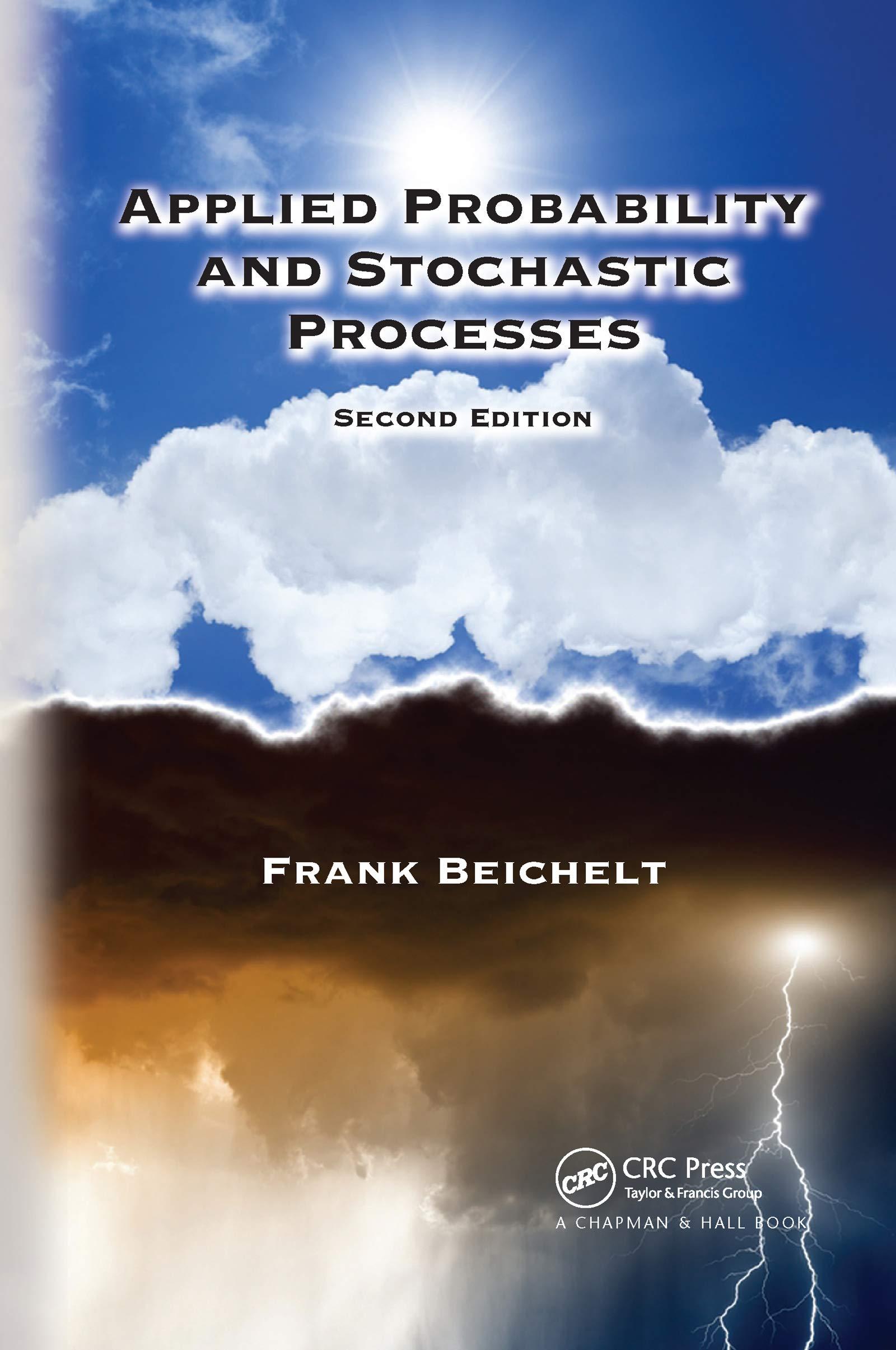A system has two different failure types: type 1 and type 2 . After a type (i)-failure
Question:
A system has two different failure types: type 1 and type 2 . After a type \(i\)-failure the system is said to be in failure state \(i ; i=1,2\). The time \(L_{i}\) to a type \(i\)-failure has an exponential distribution with parameter \(\lambda_{i} ; i=1,2\). Thus, if at time \(t=0 \mathrm{a}\) new system starts working, the time to its first failure is
\[Y_{0}=\min \left(L_{1}, L_{2}\right)\]
The random variables \(L_{1}\) and \(L_{2}\) are assumed to be independent. After a type 1-failure, the system is switched from failure state 1 into failure state 2 . The respective mean sojourn times of the system in states 1 and 2 are \(\mu_{1}\) and \(\mu_{2}\). When in state 2 , the system is being renewed. Thus, \(\mu_{1}\) is the mean switching time and \(\mu_{2}\) the mean renewal time. A renewed system immediately starts working, i.e., the system makes a transition from state 2 to state 0 with probability 1 . This process continues to infinity.
(1) Describe the system behavior by a semi-Markov chain and draw the transition graph of the embedded discrete-time Markov chain.
(2) Determine the stationary availability of the system.
Step by Step Answer:

Applied Probability And Stochastic Processes
ISBN: 9780367658496
2nd Edition
Authors: Frank Beichelt





